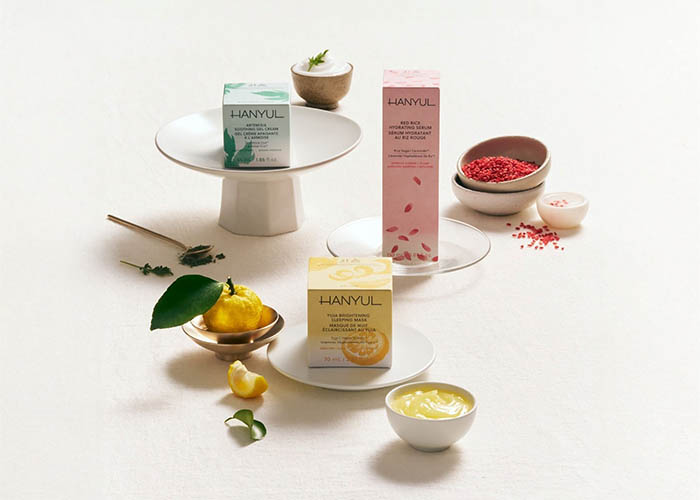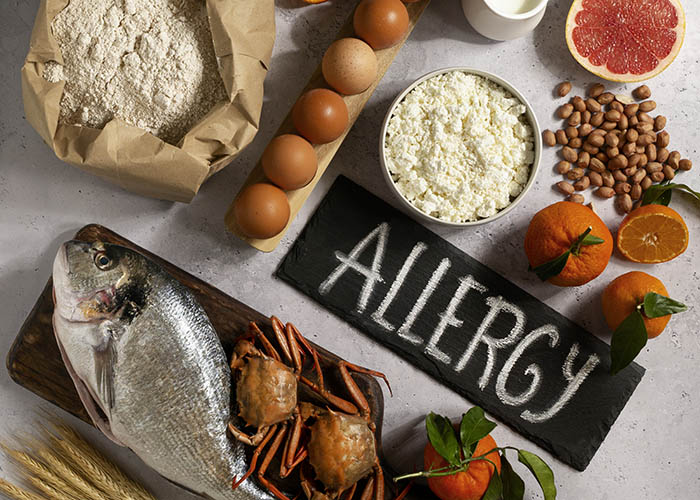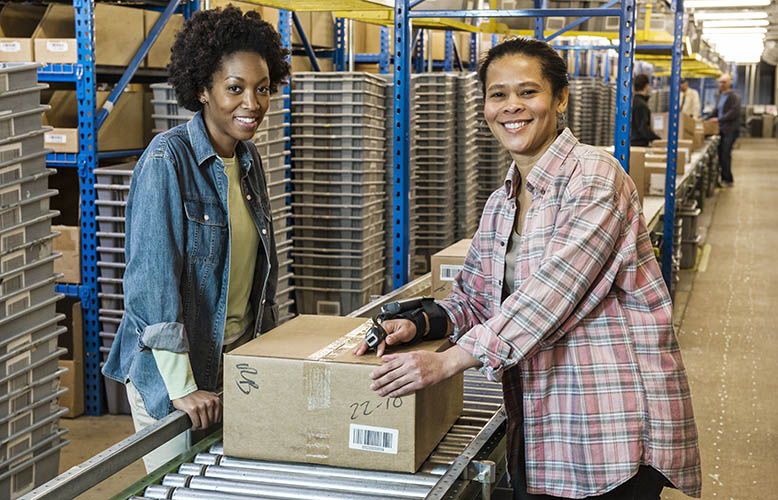When a child in your care needs a special diet, whether from an allergy, intolerance, or another health condition, it can feel like a huge responsibility. For parents and foster carers, the main concern is always keeping children safe and well, and that duty extends right to the kitchen. The challenge calls for the whole family to pull together, turning what seems like a source of anxiety into a manageable part of your household’s daily life. With a deliberate, unified approach, you can create a supportive atmosphere where every person feels secure and included at the dinner table.
Good Communication and Solid Knowledge
Your starting point should always be solid, professional advice. Speak with a GP, a dietitian, or an allergy specialist to get a complete picture of the child’s specific dietary requirements. For those fostering children with agencies like Fosterplus, this will likely involve working with social workers and reviewing health records to understand the full story. With the facts straight, the next job is to bring everyone else in the family on board. Explain the situation to other children in a way they can grasp, covering what the allergy is, why it’s so important to be careful, and how they can play their part in keeping their sibling safe. This makes them part of the solution. This education also applies to the food shop; get into the habit of becoming a label detective, checking ingredients every time, because recipes can and do change without notice.
A Safely Organised Kitchen
Preventing accidental exposure to an allergen starts with how you set up your kitchen. A simple system of colour-coded chopping boards and utensils for ‘free-from’ food preparation can make a huge difference. Some families even find a separate toaster is a worthwhile investment to prevent cross-contact with gluten. For many, a completely allergen-free kitchen isn’t practical. The next best thing is a dedicated ‘safe zone’. This might be a particular cupboard for allergy-friendly snacks or a clearly marked top shelf in the fridge, which is ideal for stopping crumbs or drips from contaminating foods below. When it comes to cooking, one of the best strategies is to prepare one meal that everyone can eat. If that’s not possible, cook a safe base dish and let others add restricted items, like cheese or nuts, to their own plates at the table.
Promoting a Positive Outlook
A child with a food restriction can easily feel isolated, especially when they’re at a party or a school event watching others eat things they can’t. It’s worth talking about those feelings of being left out. But then, you can actively turn the situation around by celebrating all the brilliant food they can have. Let them become your co-chef; get them to help you hunt for new recipes or bake a batch of special treats just for them. Helping to prepare their own food can make them feel more in control and proud of their special meals.
Adjusting to a serious dietary need within the family is a process, not a single event. But by communicating clearly, keeping the kitchen organised, and offering steady emotional support, you build a secure and united front. These new habits will soon feel less like rules and more like the normal way your family does things. When everyone works together, the child at the centre of it all feels safe, supported, and properly part of the team.

































